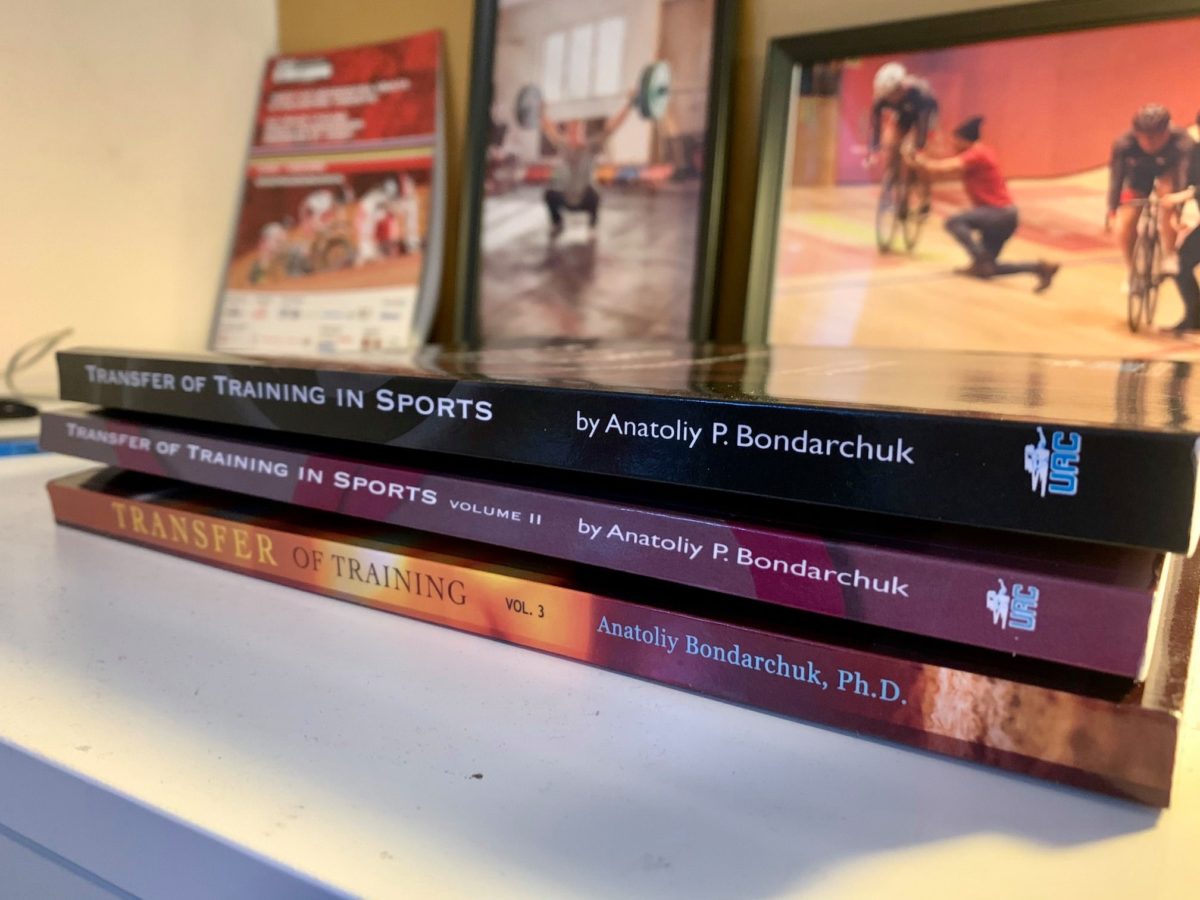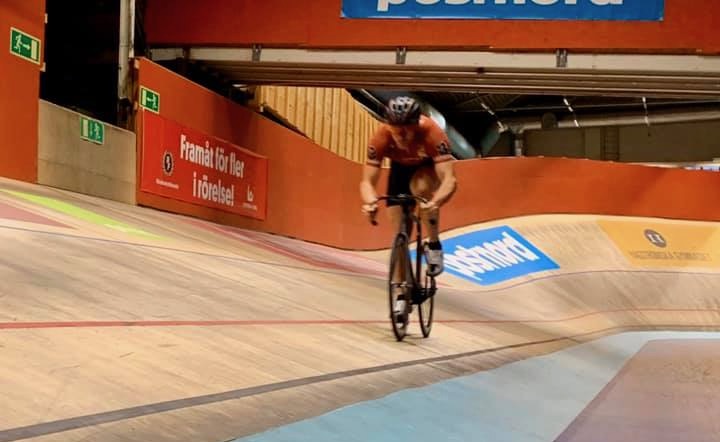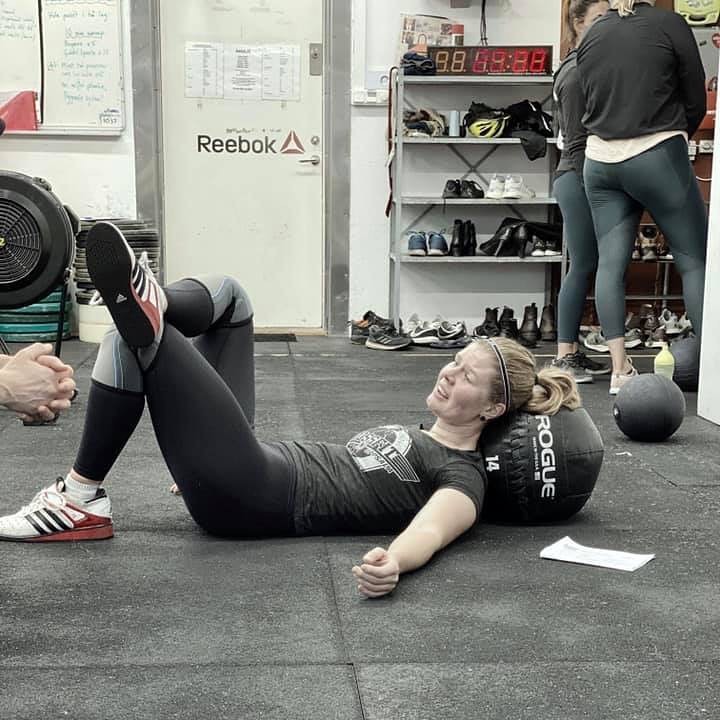One other thing from Bondarchuk I have been inspired by is his exercise classification because it resonates well with the idea of the systems produced through these processes of self-organization that cannot be understood solely through an analysis of their components. Really, when it comes to training as much as we have seen that it was in war for General Clausewitz, it could be the stimulation of the smallest thing within the system that brings about precisely the change needed for that phase-shift. So while obviously never forgetting to train ”the whole” a method for also doing ”the less” seemed useful.
The now classic “invisible gorilla” test had volunteers watching a video and counting the passes between basketball players. Half of the volunteers then missed a woman in a gorilla suit slowly crossing the entire scene. When one develops “inattentional blindness,” as this effect is called, it becomes easy to miss details when one is not looking out for them. And this is not the only predicational bias we are exposed of: path-dependence is the phenomenon of how the possible decisions for the future is limited by the decisions we have made in the past or events that we have experienced, even though past circumstances may no longer be relevant.
“The light of reason is refracted in a manner quite different from that which is normal in academic speculation” is a beautiful quote from Clausewitz meaning that the innate ideas of seemingly self-evident truths, or pure logic, does not help in a complex environment where we need an appropriate responsiveness to the ever-fluctuating conditions that emerge. While we see a limitation in long-term predictions of a system we could instead replace this with a qualitative understanding of the same. Trying to identify its overall behavior, and using what you see but also staying observant to patterns and regularities in its dynamics and open to that these patterns might change. In short: have a plan to evaluate your plan.
In order to never miss to stimulate any part, regardless of attentional deficit, path-dependance or logical fallacies I find it beneficial to do all of Bondarchuks categories of exercises each training session. Those categories include the competitive exercise (”the whole”), Specific developmental exercises (parts of the whole), Specific preparatory exercises (not part of the competitive exercise, but using the same muscles) and lastly General preparatory exercises which would be all-purpose exercises for general coordination and recovery.
This holds me accountable for always including ”the specific” in my sessions, while also overloading certain parts that I guess to be more important for me, but still to touch on things that I – truth be told – would not think matter for my performance (but still might). Every three weeks I look at the collected data and the collection of thoughts and ideas I’ve pinned to paper during the last block of training, usually ending up making slight changes of my plan for the next one.
Using only slight changes and frequent evaluations allow for a data driven program (as trend analysis is time-sensitive and time-powered) and simplicity is key both for scalability and to see what is actually driving the trend without the distraction of too many variables.
One could argue that the research seems conclusive that variation is a necessary component of effective training programs, and that this type of program while having a large variation within sessions has little between them. I would agree with the general statement but one should remember that the training input is always overlaid on the current bio-chemical state of the person doing the training, and as that the emotional state of that person is ever-changing there is always some, albeit little, variation taking place.
However: lack of variation have been strongly linked with training monotony, which in turn seems to increase the risk of overtraining syndromes, poor performance and banal infections. Obviously something to consider. Therefor I also very slightly shift the categorical emphasis throughout each training sessions within a block of training, so that while I always do a little of all categories every session, I also always do a little more of one. And thus provide a little more variation than the regular ”noise” from everyday life, but not too much to be too distracting when it comes to evaluation of it’s efficacy.
The take away is that you might not be able to predict why and when a new attractor might emerge, so do a little ”hit” on every part of the system you are targeting, relatively often and consistently over time. Dripping water pierces a stone; a saw made of rope cuts through wood.
- “What We Miss”, https://www.nytimes.com/2010/06/06/books/review/Bloom-t.html
- “Our Love Of Sewers: A Lesson in Path Dependence”, https://www.dailykos.com/…/-Our-Love-Of-Sewers-A-Lesson-in-…
- ”A New Understanding of Stress and Implications for Our Cultural Training Paradigm”, John Kiely, https://www.researchgate.net/…/296060661_Essay_A_New_Unders…
- ”Periodization Paradigms in the 21st Century: Evidence-Led or Tradition-Driven?”, John Kiely, https://www.researchgate.net/publication/230756715







